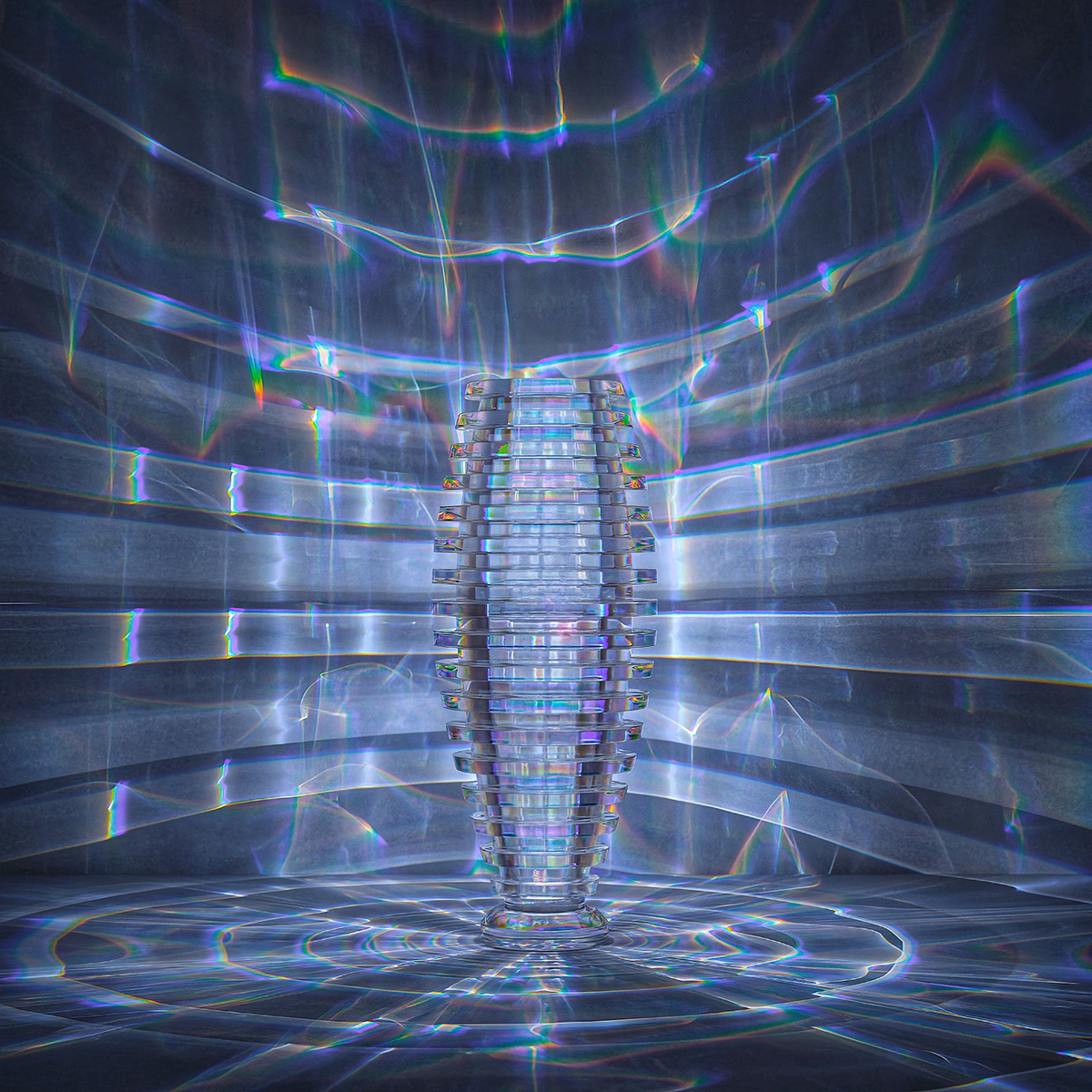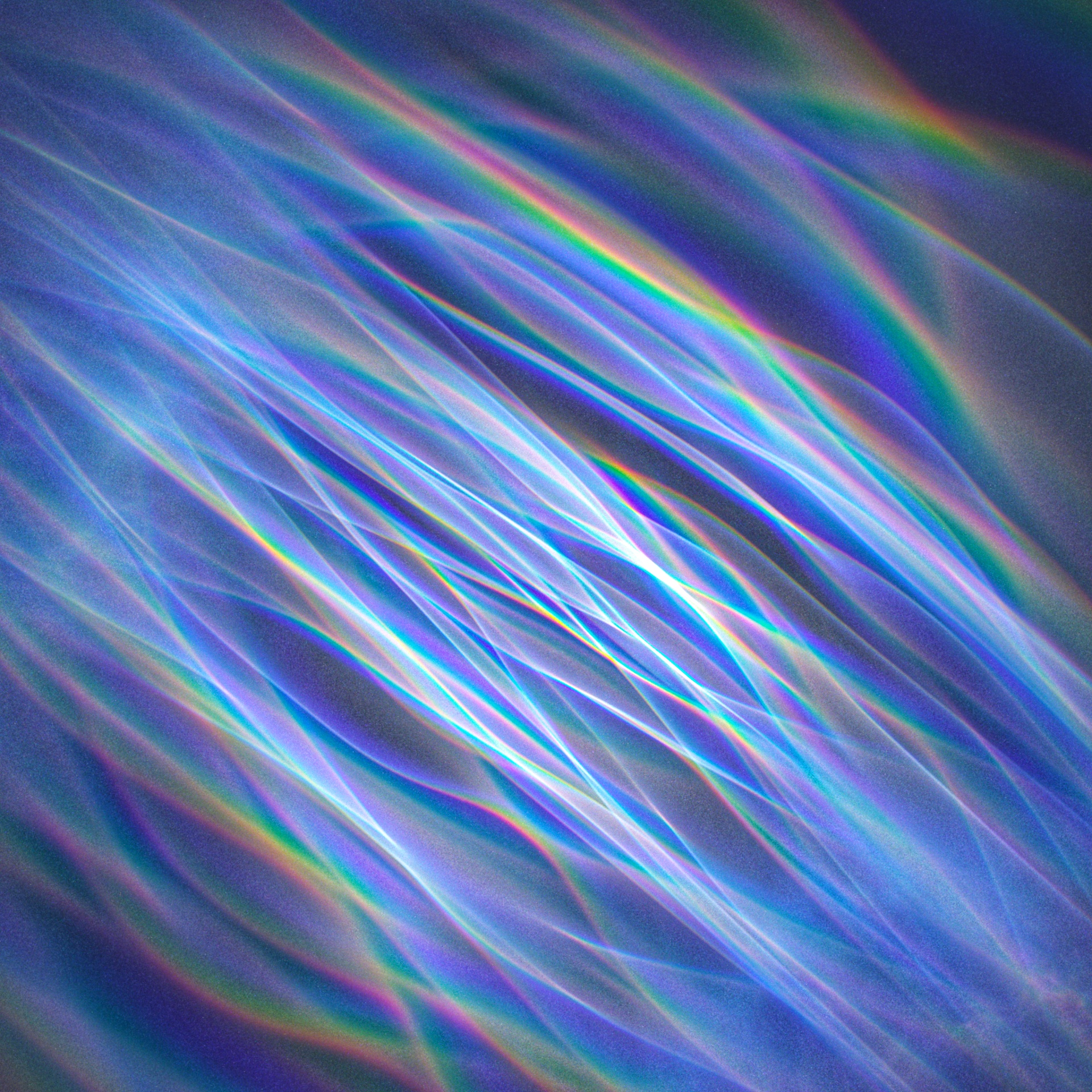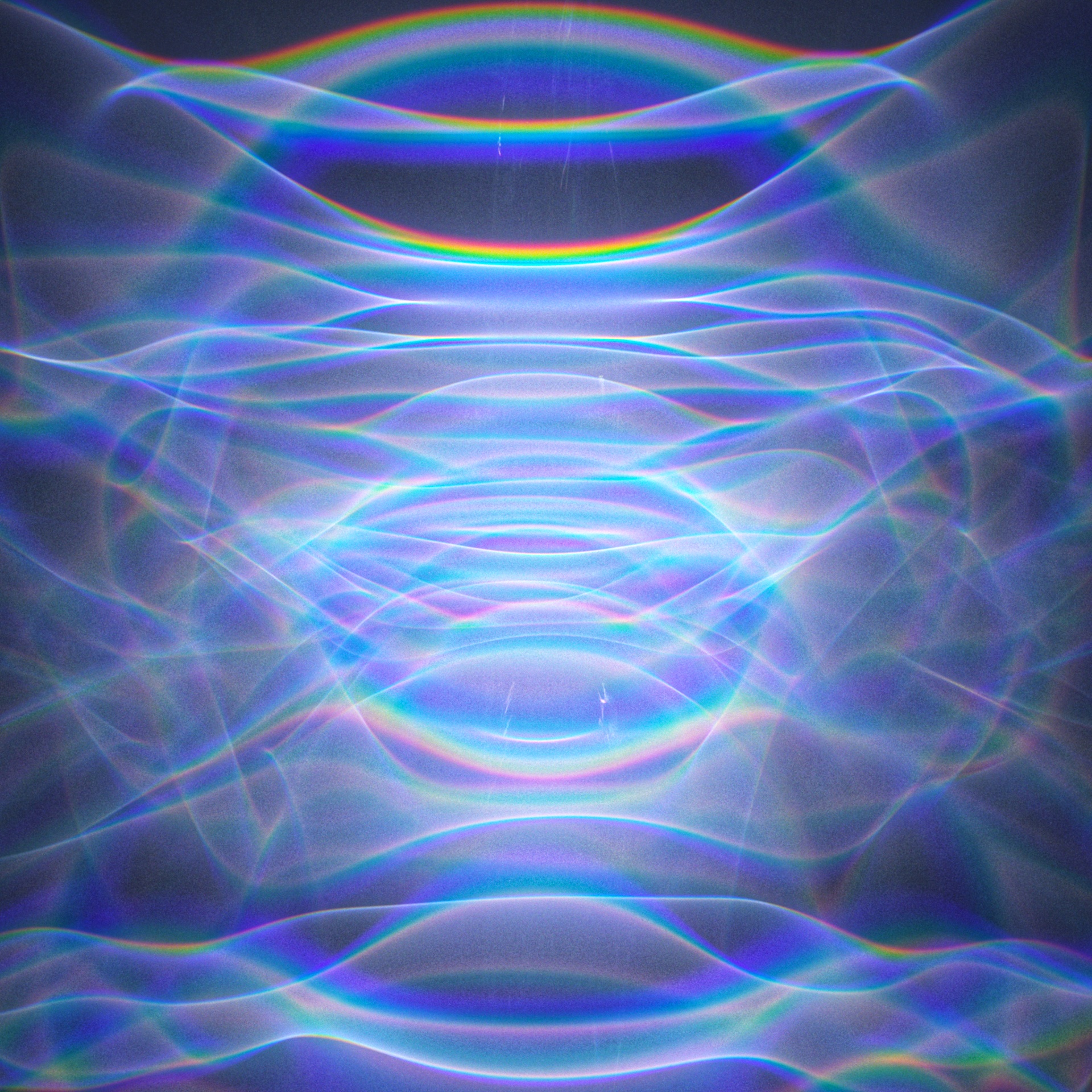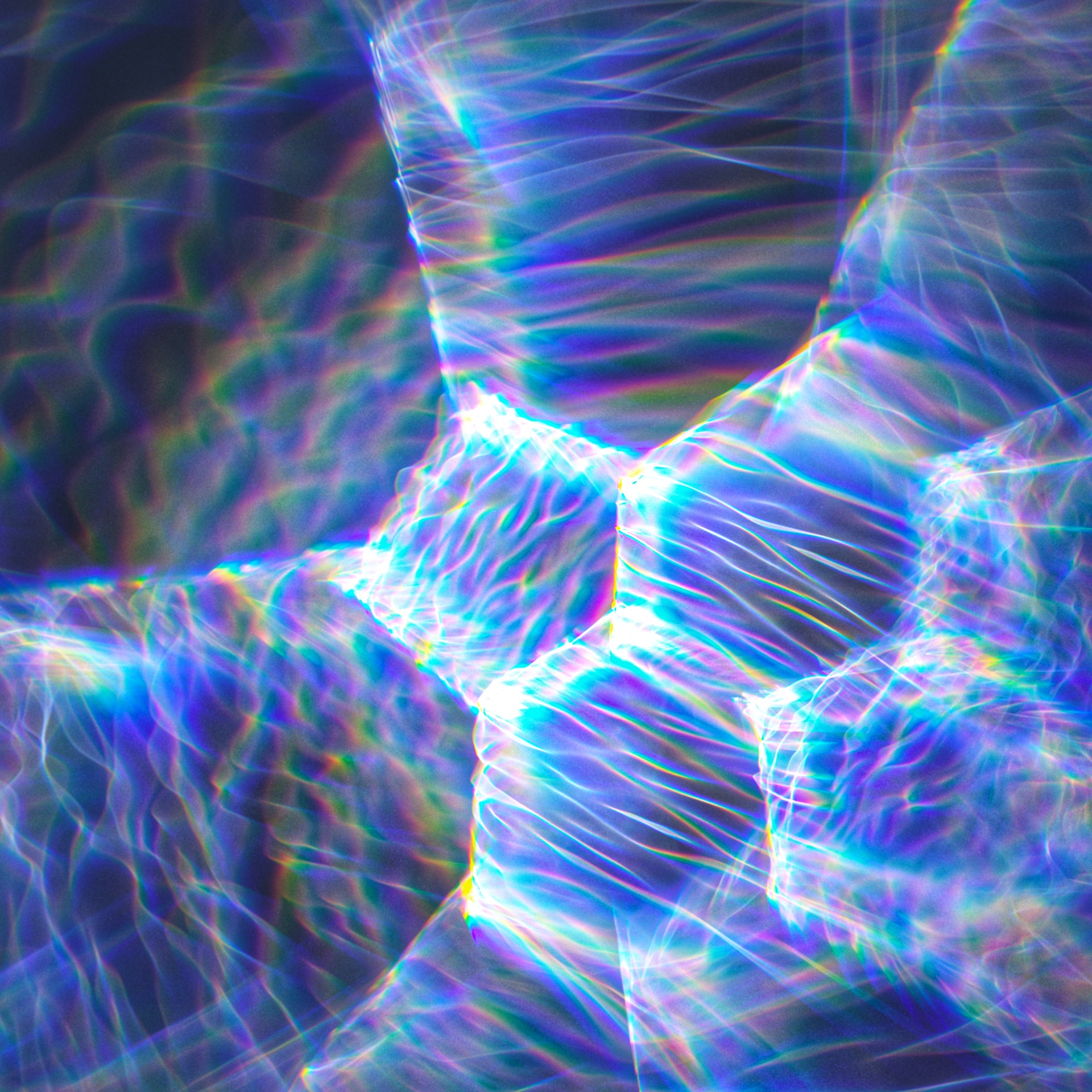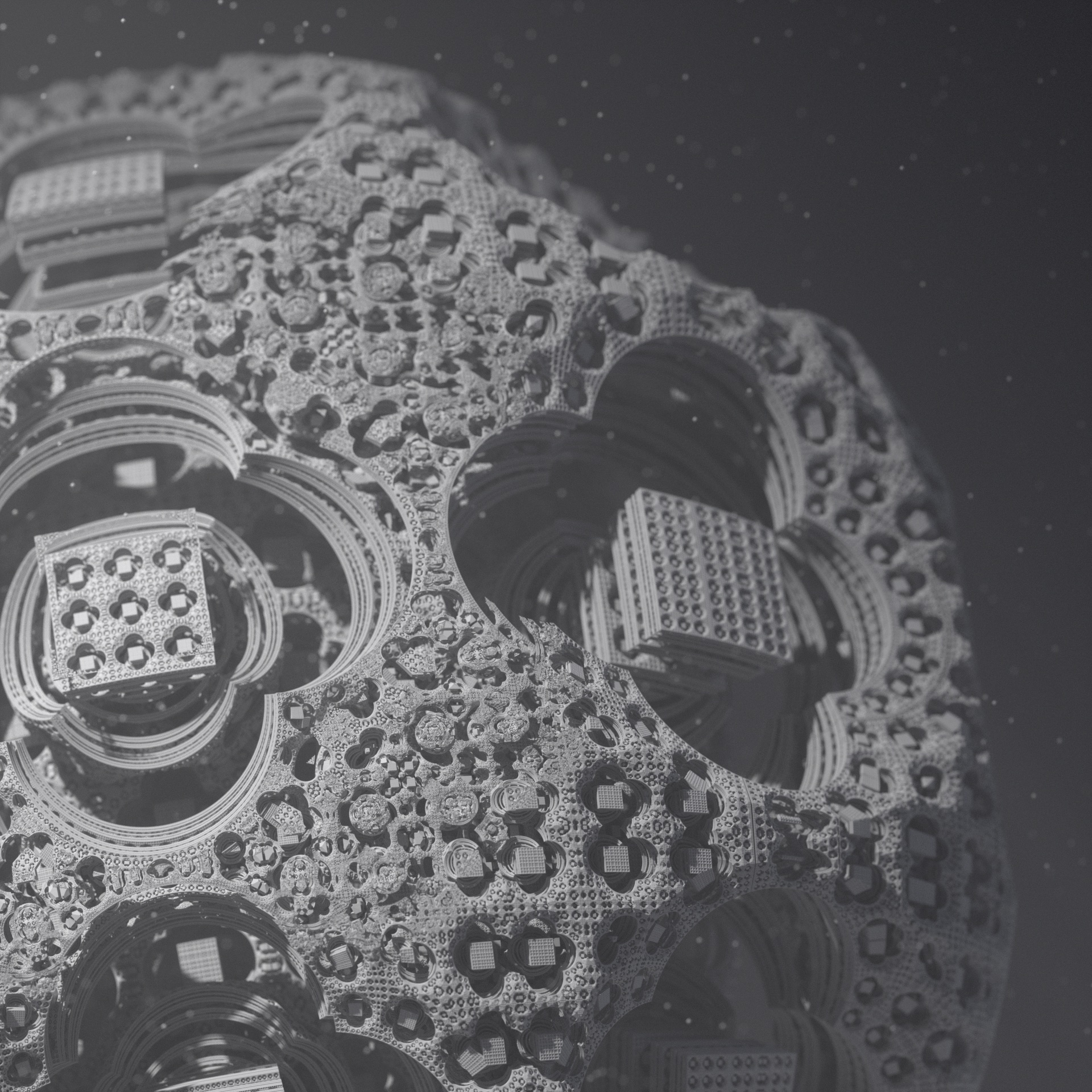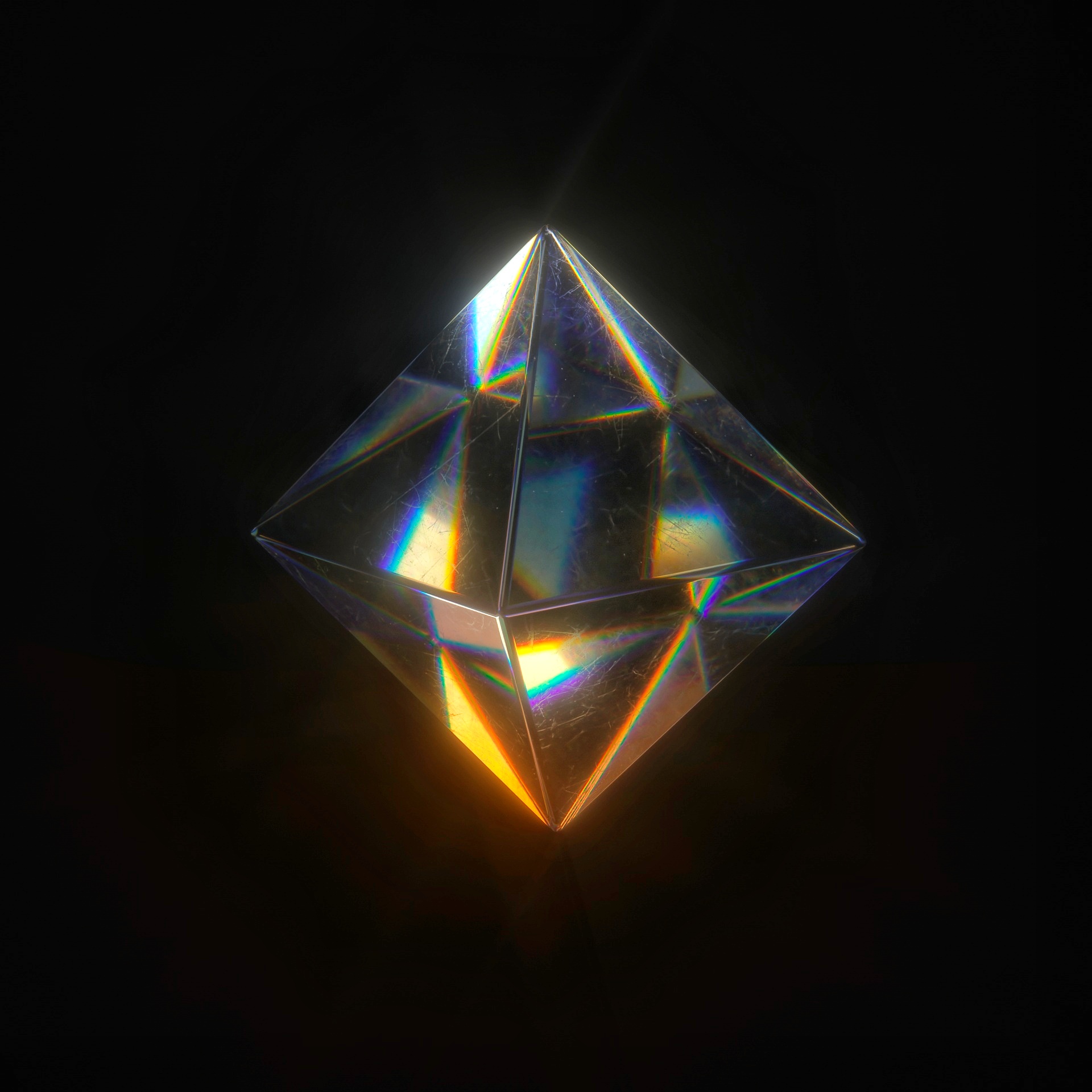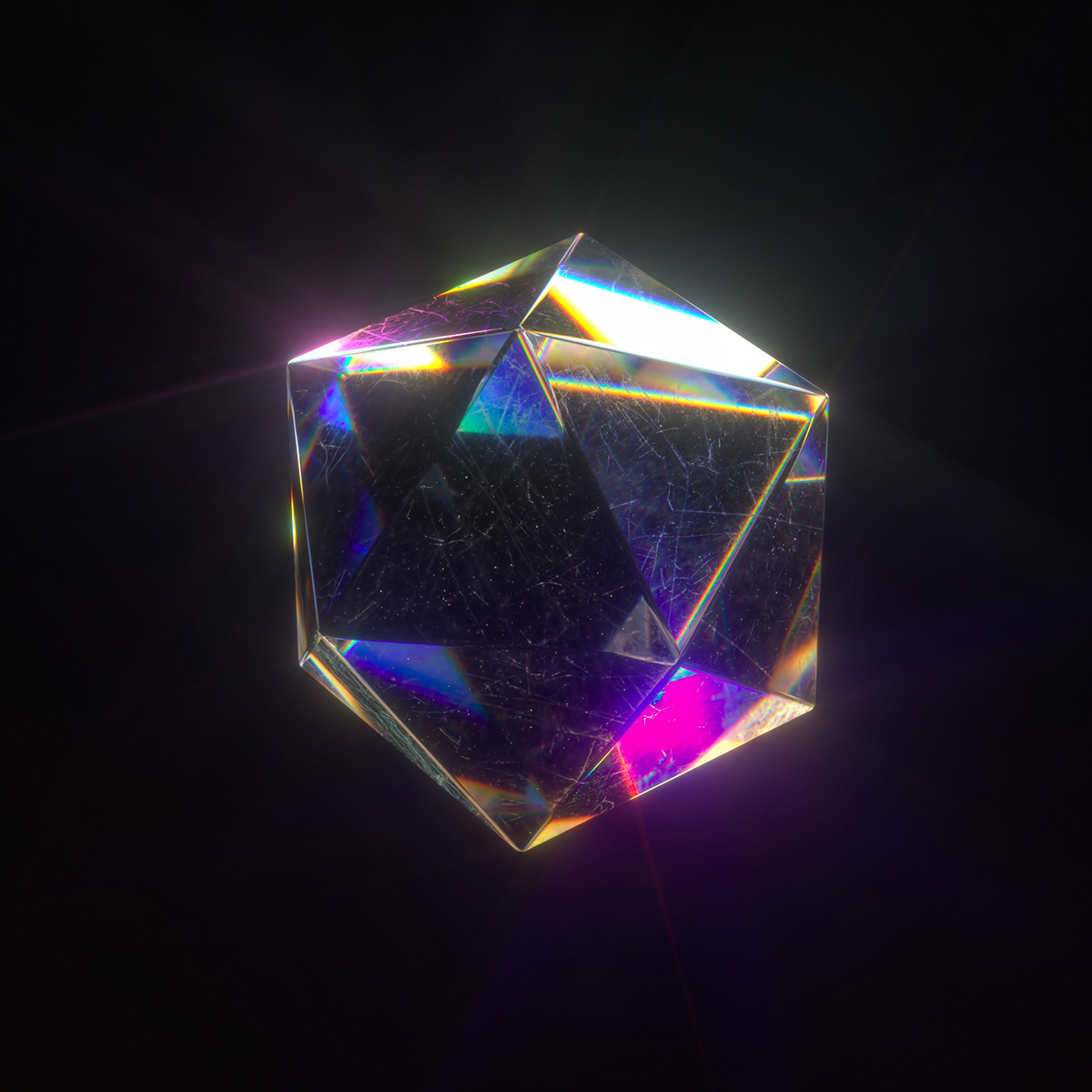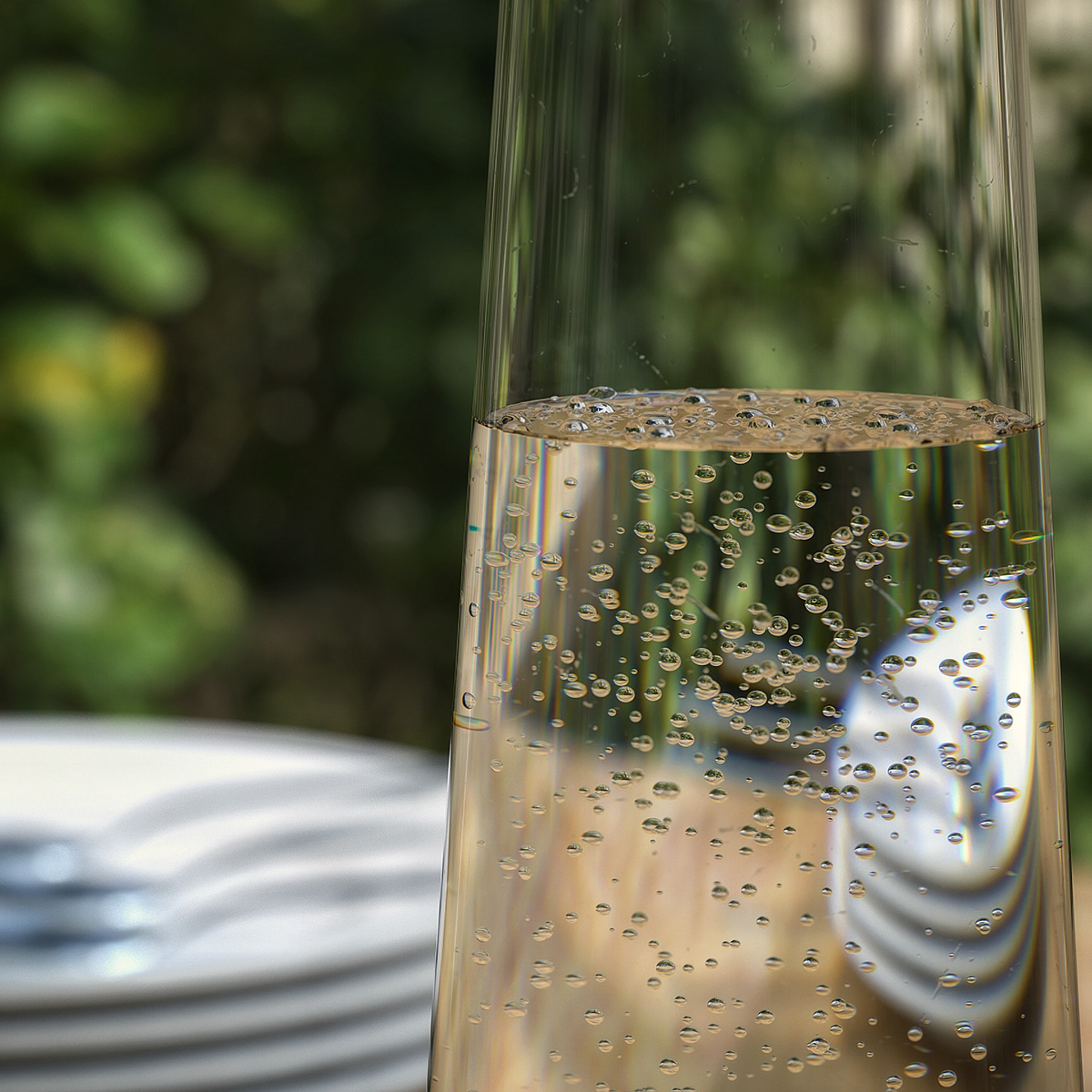|
I am a final year computer science PhD student at Brown University, where I am advised by Professor Daniel Ritchie. My work is supported by the NSF Graduate Research Fellowship Program. I received my BS in computer science from The University of Texas at Austin in 2021, where I did research with Professor Chandrajit Bajaj. My research interests lie at the intersection of deep learning and computer graphics. In my free time I enjoy creating 3D art, cooking, and playing chess. I am actively looking for full-time opportunities starting in 2026! |
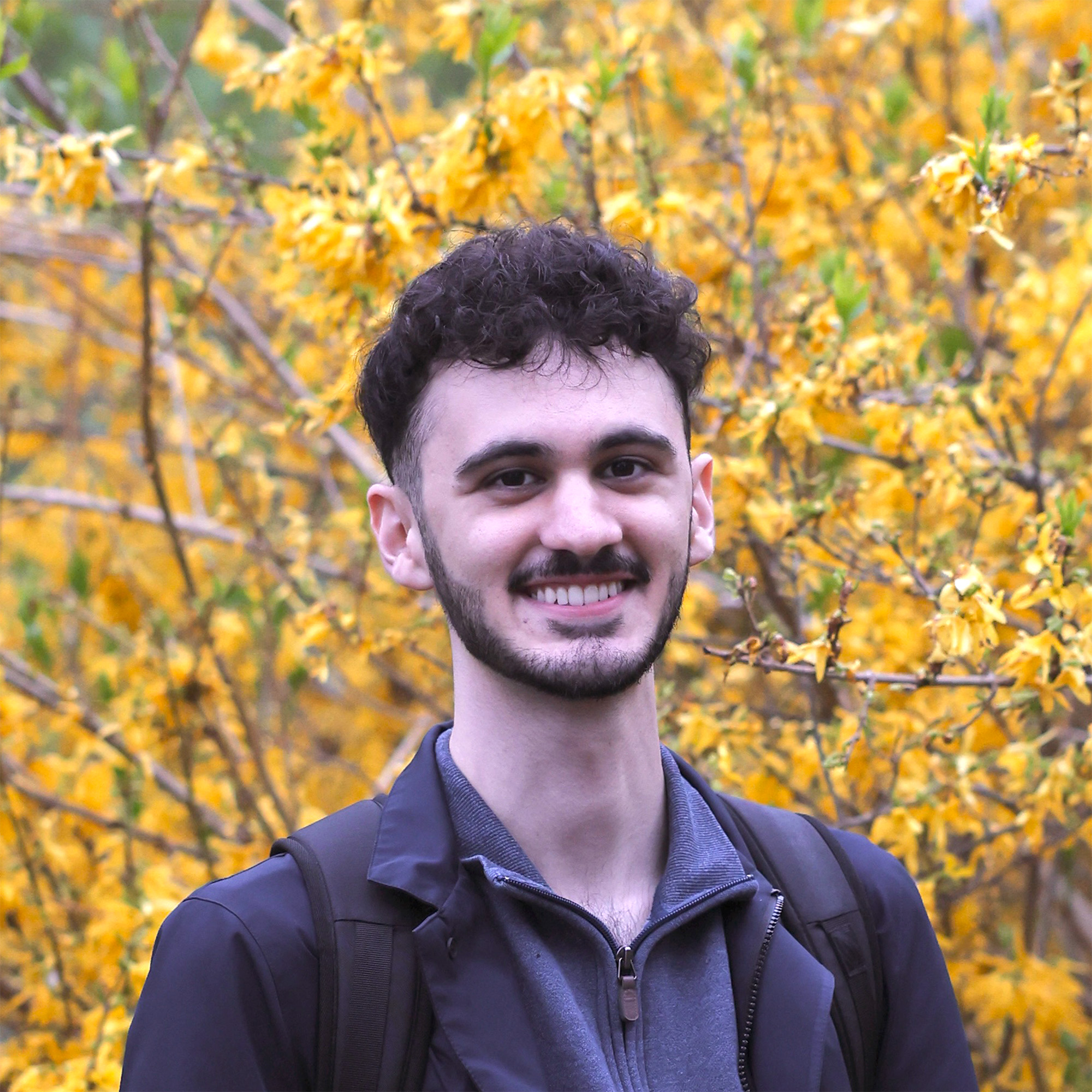
|
|
|
|
Geometry ↔ Learning: My research considers the interplay of geometry and deep learning as a two-way street.
1) Deep learning for geometry:
I am actively developing robust and efficient neural methods for large-scale, in-the-wild 3D data, with the goal of extending the deep learning revolution to the 3D world. 2) Geometry for deep learning:
Viewing feature spaces through a geometric lens has enabled emergent capabilities in my research; e.g., by enabling generative models to smoothly interpolate data in the absence of in-between observations.
|
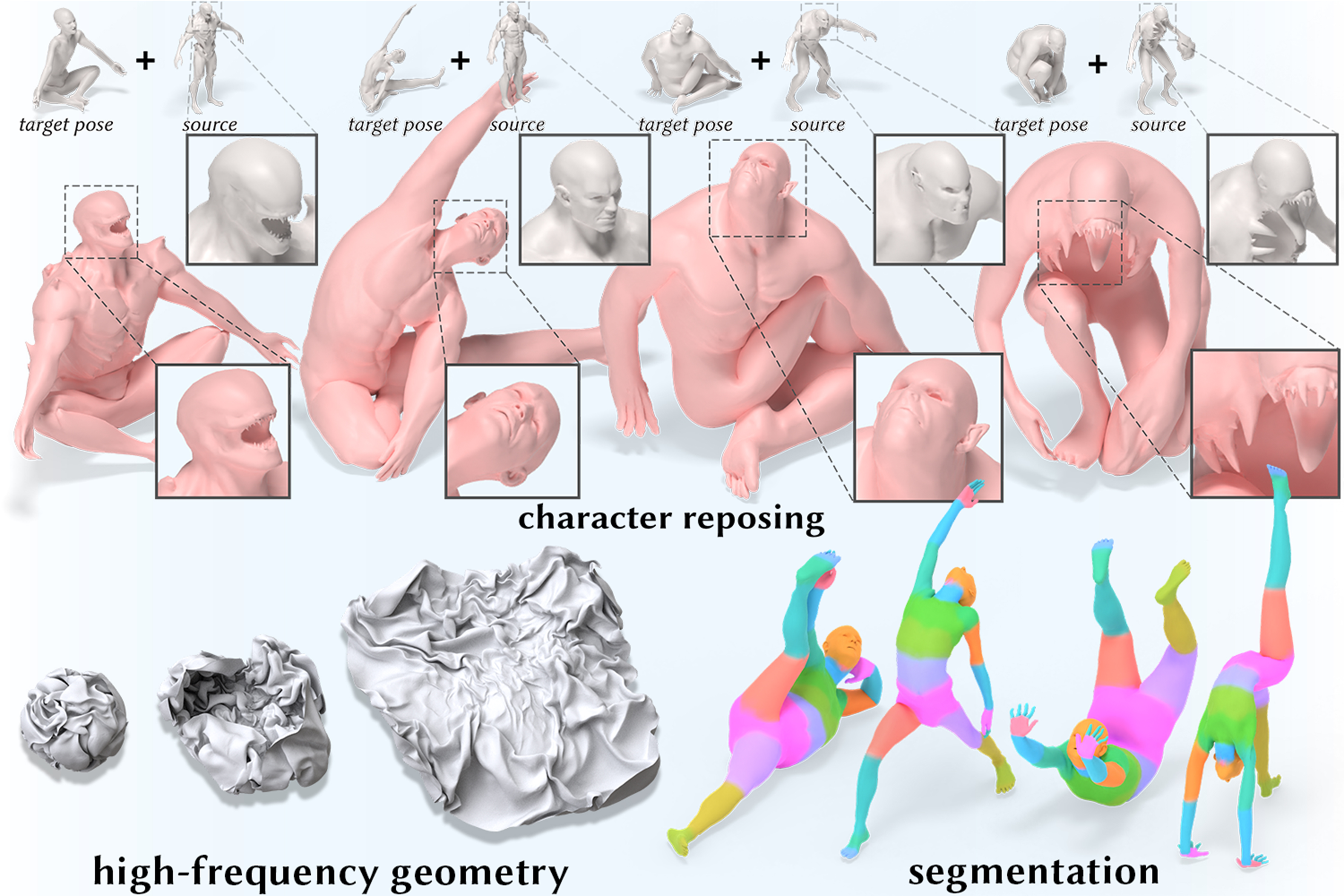
|
Arman Maesumi, Tanish Makadia, Thibault Groueix, Vladimir G. Kim, Daniel Ritchie, Noam Aigerman
A new neural architecture for learning on surfaces that overcomes several key deficiencies in existing methods. We demonstrate its ability to learn deformations of detailed, high-resolution meshes, as well as semantic segmentation. |
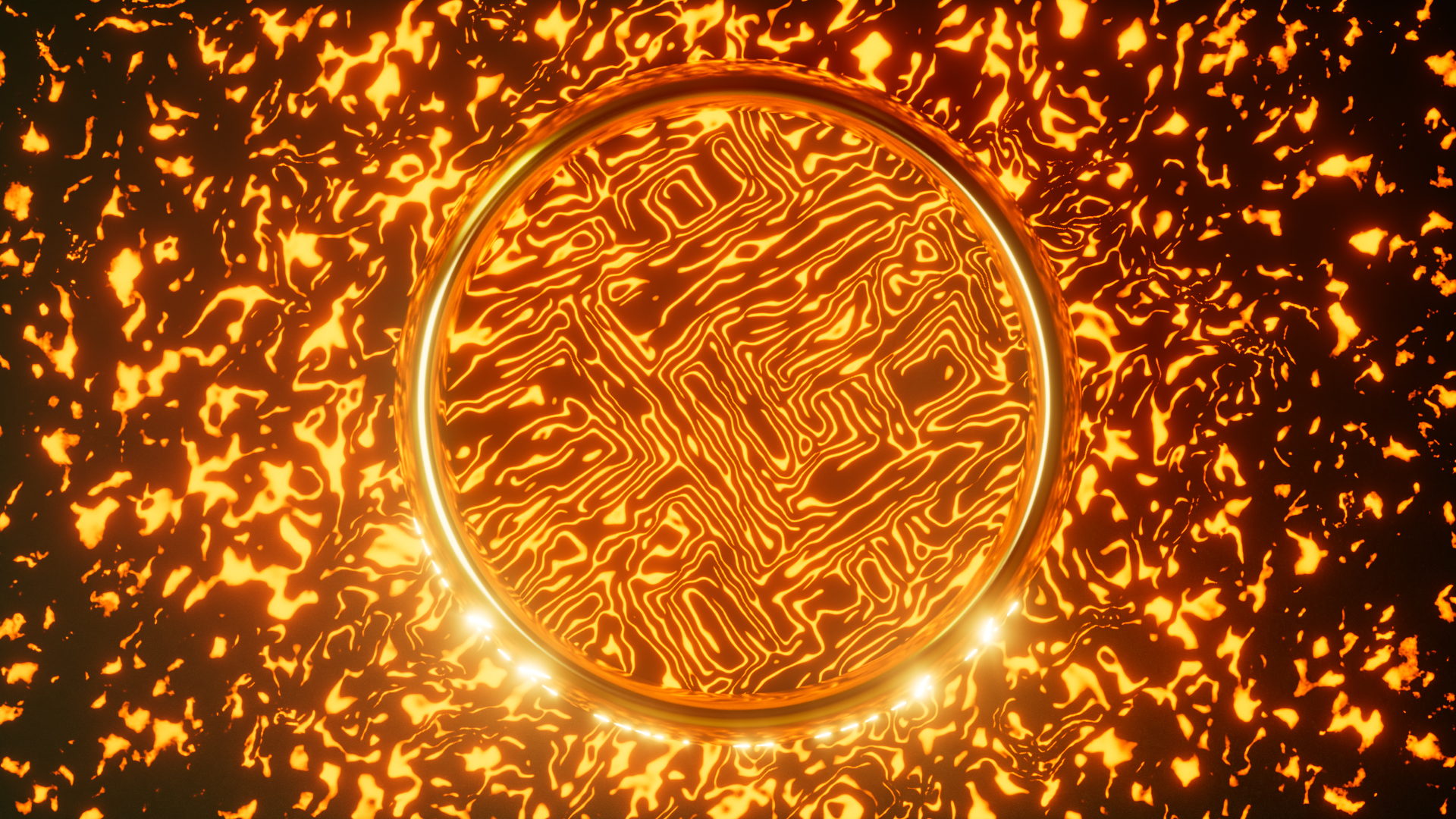
|
Arman Maesumi, Dylan Hu, Krishi Saripalli, Vladimir G. Kim, Matthew Fisher, Sören Pirk, Daniel Ritchie
A data augmentation strategy that enables diffusion models to smoothly interpolate between disjoint data modes. We train a diffusion model to blend multiple types of procedural noise patterns, even in the absence of "in-between" training data. |
|
|
Arman Maesumi, Paul Guerrero, Vladimir G. Kim, Matthew Fisher, Siddhartha Chaudhuri, Noam Aigerman, Daniel Ritchie
What is the smoothest subspace that spans a set of points in latent space? We optimize smooth parametrizations of such subspaces in 3D generative models and use them to explore continuous variations of meshes. |
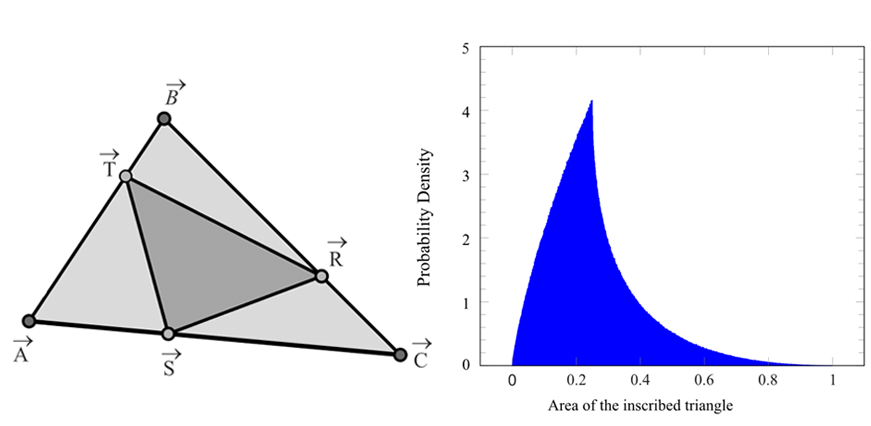
|
Arman Maesumi The College Mathematics Journal, 2019 [ pdf (1mb) / journal / bibtex ] The probability density function and moments (OEIS A279055) of the area of stochastically generated inscribed geometry are derived. Preliminary findings were presented at TUMC 2017. |
|
|
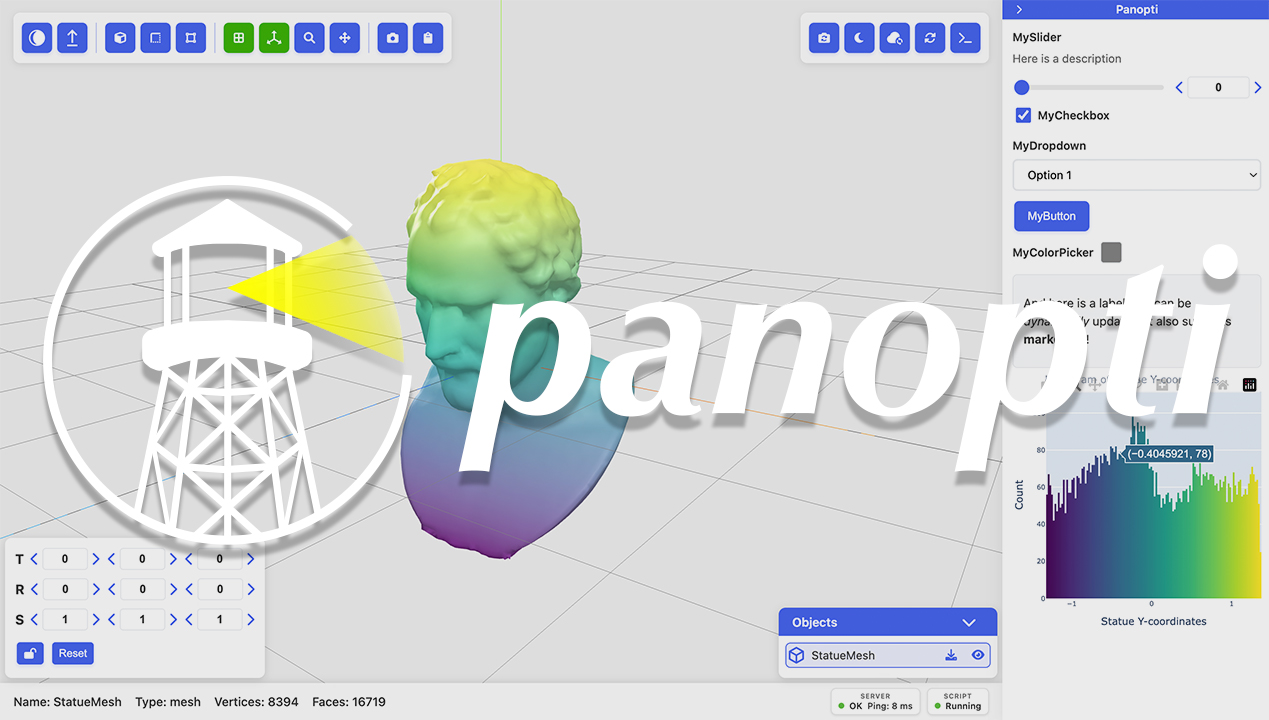
|
[ GitHub / Documentation / PyPI ] A Python package for interactive 3D visualization that seamlessly supports remote development setups (e.g. through SSH) and headless rendering. |
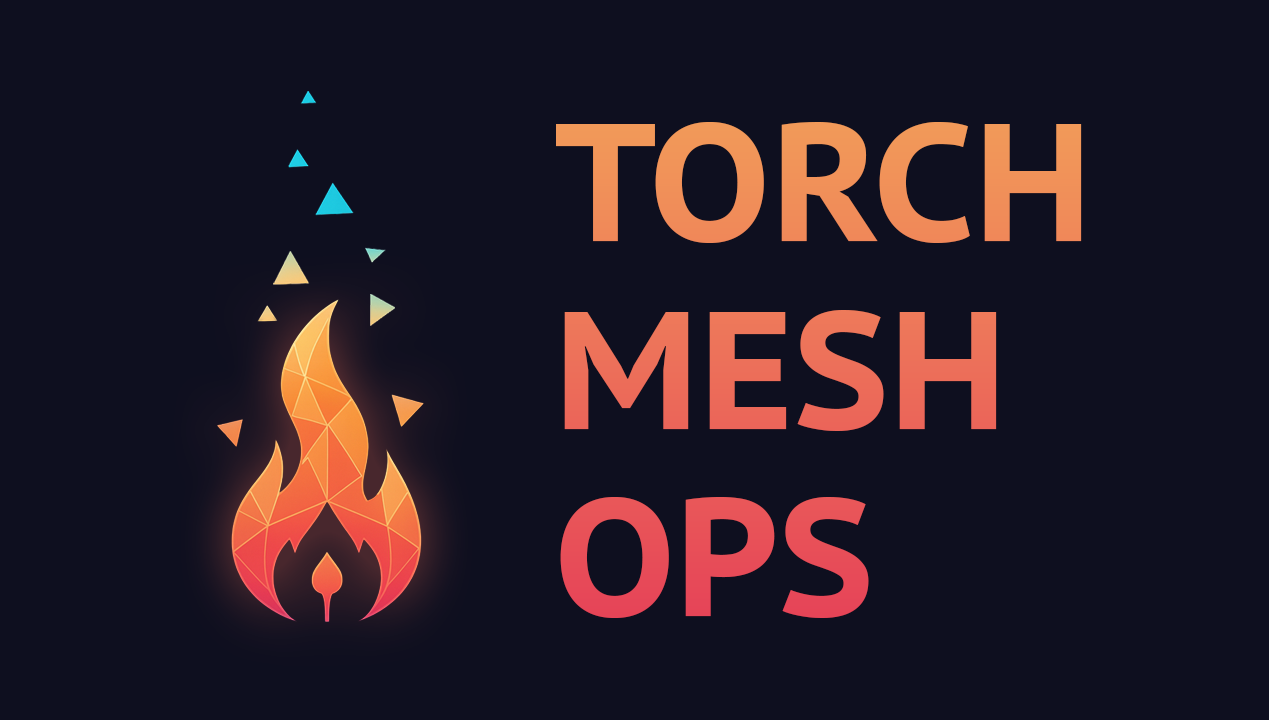
|
[ GitHub ] CUDA kernels that accelerate construction of discrete differential operators on meshes, very useful e.g. when used in a training loop for geometric problems. |
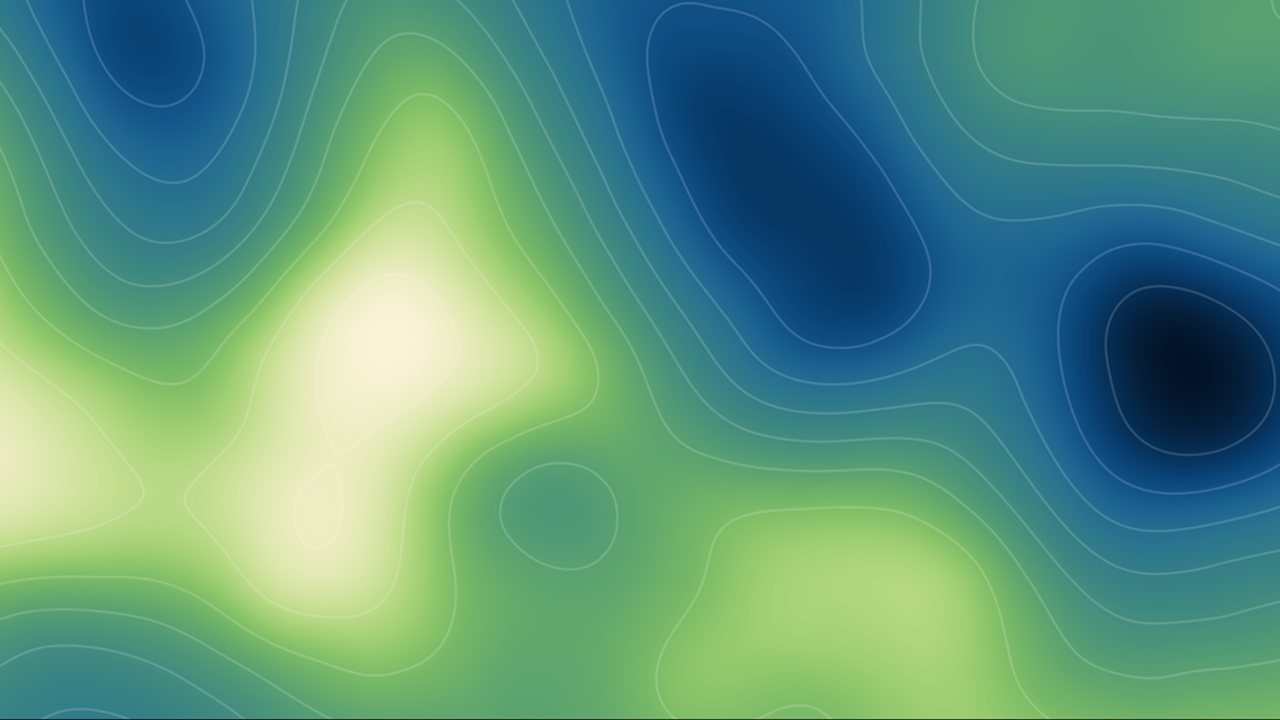
|
[ GitHub / PyPI ] A PyTorch-based RBF Interpolator that supports auto-diff and is much faster than SciPy's CPU implementation. |
|
In my free time, I enjoy creating 3D renderings and physical simulations using various software. More can be found here. The programs and tools that I use include: Blender, Cinema 4D, RealFlow, Vray, Octane, Arnold, Krakatoa, and more. |
| |

